Dịch vụ:
OEM/ODM service
Workwear uniform it is a high-quality product, specially designed to protect workers from potential hazards during their work.
What is workwear?
Workwear is a type of clothing specially designed to protect workers from risks and injuries in the workplace. This can include protection from elements such as chemicals, extreme temperatures, hazardous liquids, sharp objects, noise, dust, and many other hazards encountered during work.
Workwear typically includes various components such as helmets, protective jackets, protective pants, safety shoes, gloves, safety glasses, hard hats, and many other accessories depending on the specific working environment. The main goal of workwear is to ensure the safety and health protection of workers in hazardous work environments.
Regulations regarding workwear are often enforced according to the laws and regulations of each country to ensure that workers are adequately protected when working in risky environments.
What types of workwear are there?
There are various types of workwear suitable for different industries and working environments. Here are some common types of workwear you might consider:
- Protective Jackets: These are an essential part of workwear, designed to protect workers from elements like chemicals, extreme temperatures, UV rays, hazardous liquids, and other risks.
- Protective Pants: These are often used to protect the legs and may be flame-resistant, cut-resistant, or designed to guard against other harmful elements.
- Safety Helmets: These are crucial for head protection and can be accompanied by face shields, safety glasses, or ear protection to shield the eyes and ears from hazards.
- Safety Shoes: These are specially designed to protect the feet from impacts, oil, chemicals, electricity, and other dangers.
- Protective Gloves: These can be used to protect the hands from risks like cuts, burns, chemicals, extreme temperatures, or hazardous liquids.
- Hard Hats: Commonly used in construction and manufacturing industries, these protect the head from explosions, impacts, or falling objects.
- Protective Rainwear: Used in wet environments or harsh weather conditions to keep workers dry and warm.
- Anti-static Workwear: In industries with static electricity risks, anti-static workwear is used to prevent static build-up and reduce the risk of explosions.
Fabrics for workwear?
Fabrics used for making workwear are typically selected based on the type of job and specific working environment. Common fabrics for workwear include:
- Regular Woven Fabrics: Cotton or polyester fabrics made from regular weave can be used for lightweight workwear. They are generally comfortable and easy to wear. However, they may not be strong enough to protect against hazardous elements like chemicals, extreme temperatures, or sharp objects.
- Technical Woven Fabrics: For jobs requiring protection against chemicals, extreme temperatures, or sharp objects, special fabrics such as Kevlar, Nomex, and chemical-resistant fabrics can be used. They offer flame resistance, cut resistance, and protection against harmful chemical particles.
- Anti-static Fabrics: In environments with a risk of static electricity, such as the electronics industry, anti-static fabrics are used to prevent static build-up and reduce the risk of explosions.
- Heat-resistant Fabrics: For work involving high temperatures or exposure to fire, heat-resistant fabrics like flame-retardant Nomex can be used.
- UV-resistant Fabrics: In outdoor work environments, especially in construction or agriculture, UV-resistant fabrics can help protect the skin from the effects of ultraviolet radiation.
Standards for Evaluating the Quality of Workwear
Standards for evaluating workwear uniforms ensure that they meet the necessary safety and protection requirements for workers in hazardous working environments. These standards may vary by country and industry, but here are some key factors typically considered when assessing workwear uniforms:
- Compliance with Legal Regulations: Workwear uniforms must comply with local and national laws and standards, including safety and labor protection regulations.
- Nature of the Job and Working Environment: The uniform must be designed to protect against specific hazards in the working environment, such as exposure to chemicals, extreme temperatures, mechanical impacts, UV radiation, and other risks.
- Quality of Materials: The materials used to manufacture the workwear must be of high quality and durability to meet safety requirements.
- Safety Design: The design of the workwear must ensure that workers can use it easily and effectively in their working environment.
Where to buy workwear uniforms?
If you are looking for a place to buy workwear uniforms but are unsure where to find reliable and high-quality options, you can consider FMF Fashion Uniforms. FMF Uniforms belong to Sao Mai Trading Co., Ltd. We specialize in producing large quantities of garments.
With 6 factories and a production capacity of up to 10,000 products per day, we have been serving partners from Europe, Asia, and especially the domestic market. Therefore, customers can trust and choose us with confidence.
We provide: Medical workwear; cleanroom workwear; workwear uniforms; wholesale workwear; winter workwear uniforms, etc.
Additionally, we also offer: Affordable medical uniforms, affordable student uniforms, group uniforms, and more.
Call our HOTLINE: 0846 443 135 for consultation and the best prices!
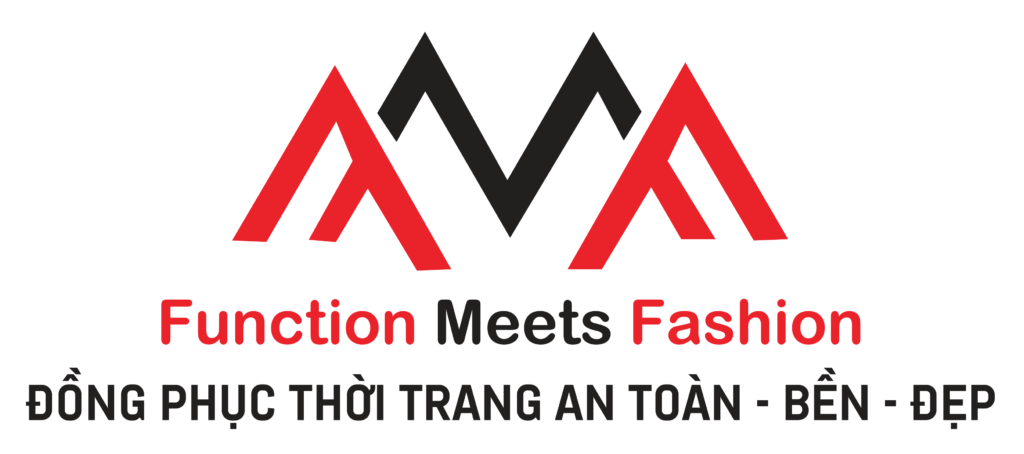







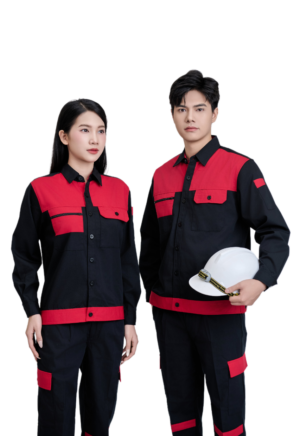

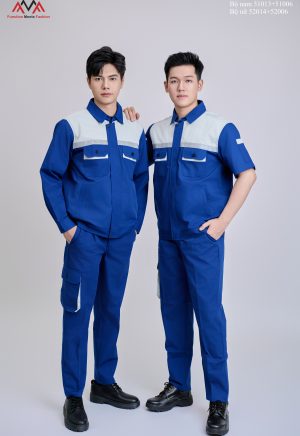
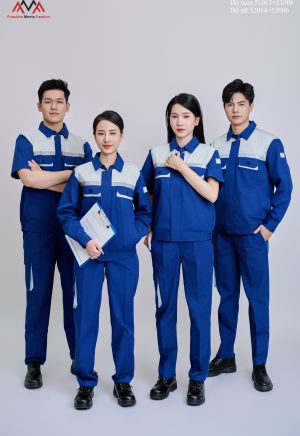
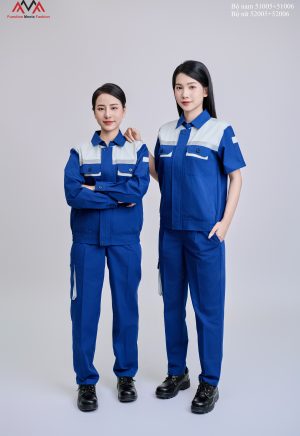
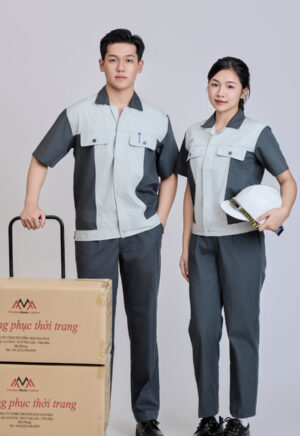
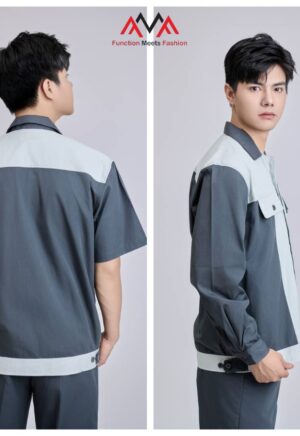

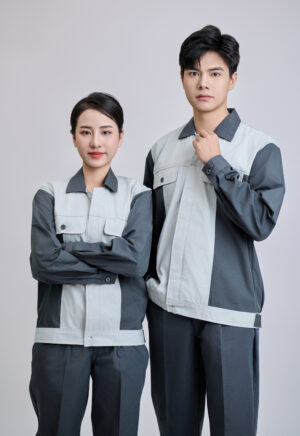
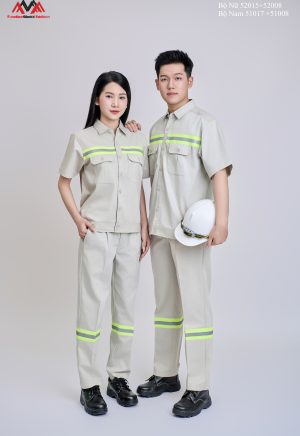

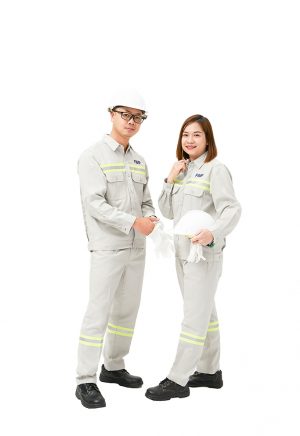
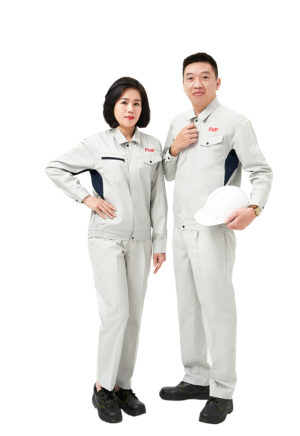


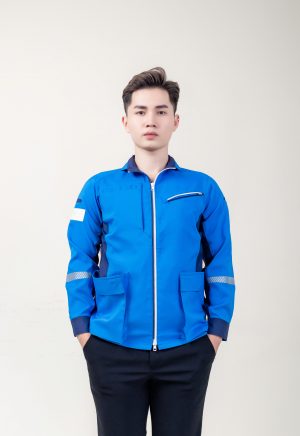

 Tiếng Việt
Tiếng Việt
